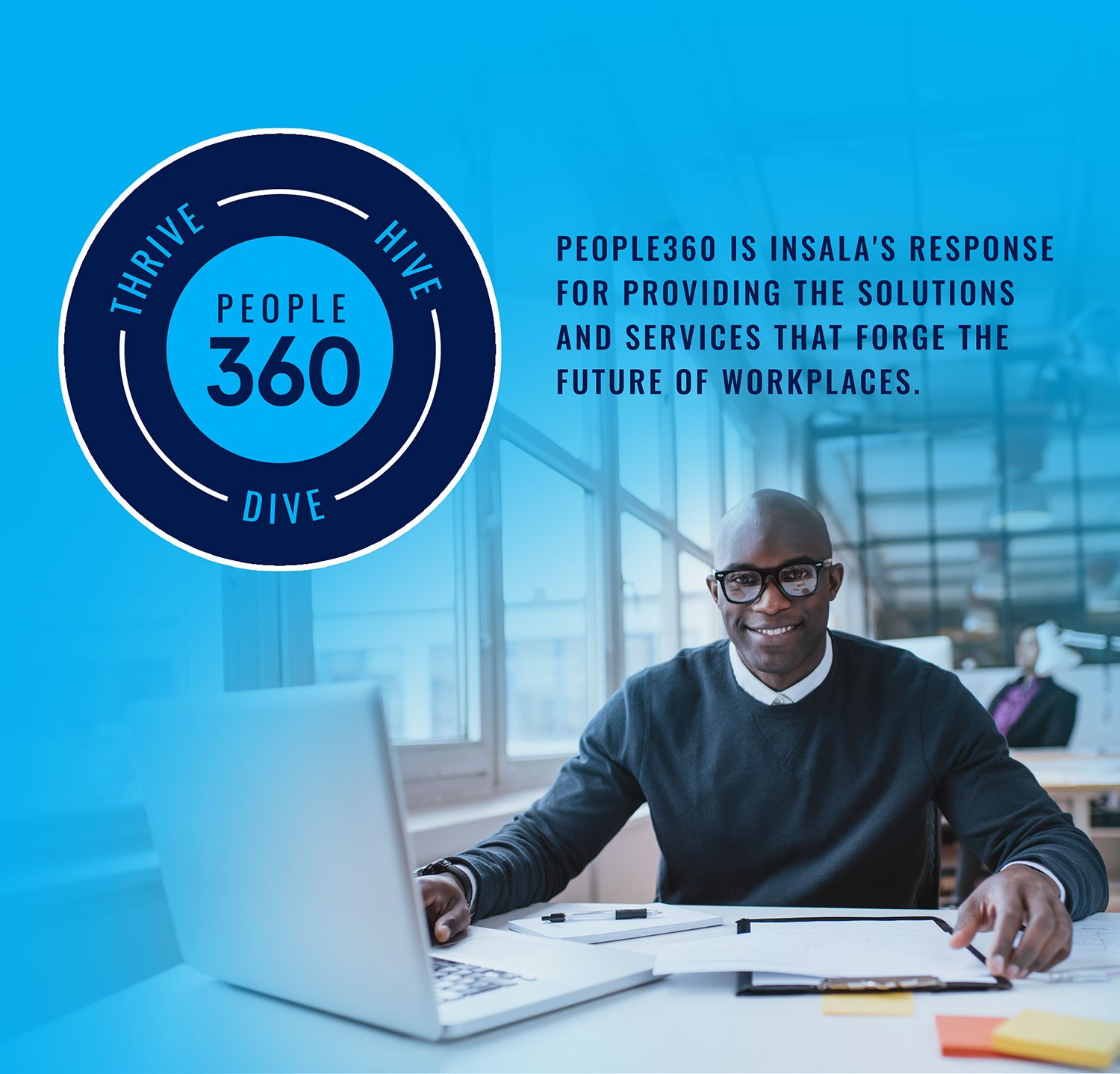Reverse Mentoring Explained: Rise and What Makes It So Popular
Reverse Mentoring Explained: Rise and What Makes It So Popular Where diversity of thought is embraced, a new mentoring paradigm has emerged: reverse mentoring. Once ...
Read more
Mentoring programs provide a malleable solution to any talent development problem. They can be used in any size organization with any number of participants. Mentoring also provides solutions to certain organizational problems such as how to retain employees and how to improve employee engagement.
However, mentoring programs are not always flawlessly executed and effortlessly maintained. Here are 6 common problems in mentoring programs and how to prevent them.
Mentoring Problem #1: No Mentoring Plan
A common problem we see when organizations try to implement a mentoring program is starting without a plan. This usually originates due to high pressure to launch in an unrealistically short timeline. This problem is not specific to mentoring in the workplace, and the solution is universal as well: make a plan.
It’s been shown that creating a plan before going into business makes you 2.5 times more likely to succeed. That success translates into mentoring. Your program is much more likely to launch successfully and continue to be successful if it is planned properly. That being said, take the time necessary to create a thorough plan before starting your mentoring program.
In your plan, you need to define the why’s and how’s of your mentoring program. You should also outline any possible challenges and think of solutions ahead of time for a smooth implementation.
A few questions to consider when planning your mentoring program are:
Answering these questions at the beginning will help your program promote employee development elegantly.
Mentoring Problem #2: Proving Program ROI
Another common problem in mentoring programs is funding. Your program could lose funding at any point if you don’t prove its worth to your stakeholders. Budget cuts are not friendly to programs with no quantifiable qualities.
However, like planning, there is a simple solution here. To prove your mentoring program is worth the investment, you need to measure the success of your program. This will require a little planning as well, but a steady proof of ROI is worth it.
First, you will need to make sure you include business objectives in your plan. These will provide the basis from which you will measure your program. These objectives should also be reportable and measurable.
Then you will need to determine how to retrieve the relevant data from your program. This can be pulled from reports generated by mentoring software or from surveys sent out to participants. Collecting data on success factors will give you something to show to decision makers to secure funding for program success and longevity.
Mentoring Problem #3: Unqualified or Unwilling Mentors
When you are managing people, the problems that arise can be unexpected. This applies to your mentoring program, specifically to your mentors. Problems can stem from unqualified or unwilling mentors.
To prevent this from happening, make sure you qualify your mentors. Highly skilled and knowledgeable does not mean they will be able to mentor well. Potential mentors should go through an application process that can assess skills and competencies necessary to the role.
Their commitment levels should also be checked, as mentoring is a big commitment. This will go a long way in making sure you recruit good mentoring participants. It will also help you ensure the satisfaction of both mentors and mentees.
Mentoring Problem #4: Participants Don’t Know Their Roles
We see this common problem in mentoring programs when administrators assume the participants know their roles at the beginning. If they don’t, both mentors and mentees can become frustrated and drop out of the program.
To prevent this problem, make the roles for mentors and mentees evident at the beginning. Role descriptions should be available in your mentoring software so participants can read over them anytime. You should also consider implementing mentor training to give guidance to participants before they get into their mentorships.
Vital participants you might not anticipate are the managers of the mentors and mentees. Managers should be trained also, so they know their role as well as the commitment required from their employees. Time obligations should never come as a surprise to managers, as it can be detrimental to the program.
Mentoring Problem #5: Requiring Program Participation
If your program decides to make your program mandatory, you might want to expect some backlash from employees. They will see mentoring as a punishment when they are made to go, resulting in poor engagement with the program.
To avoid this, make sure program participation is voluntary for your organization. Participants will be more likely to show up for meetings and be engaged with their mentorships if they elect to be there. This will make the overall mentoring program more meaningful for both parties.
If you’re worried about poor turnout for a voluntary mentoring program, there are a few steps you can take. Make sure you properly market your mentoring program so your organization is aware of it. You should also position the program as highly beneficial to both mentors and mentees, because it is. If you let them know what’s in it for them, you will inspire participation from many individuals.
Mentoring Problem #6: Maintaining Growing Programs
If your program becomes larger than expected, your program administrators may become overwhelmed. This common problem not be a bad thing, however, because a large number of mentorships is a sign of a good program. Preventing this problem is simple, allowing you to manage a large program and develop the benefits of mentoring organization-wide.
Implement mentoring software to save administrators time and money within large programs. Software centralizes all the information relevant to the mentoring program, such as matches, goals, and progress. This centralized location makes managing a large mentoring program much easier.
Insala is dedicated to creating top-notch mentoring program to facilitate talent development. For help with implementing a mentoring program, request a demo today.


Reverse Mentoring Explained: Rise and What Makes It So Popular Where diversity of thought is embraced, a new mentoring paradigm has emerged: reverse mentoring. Once ...
Read more
What is Corporate Mentoring? Every organizations has a need to continuously develop the skills and careers of their workforce. Corporate ...
Read more
The Benefits of Mentoring Software If you are considering using software to manage your mentoring program, you need to be clear on ...
Read more
Quick Tip: Keep Marketing To Your Staff During Your Employee Mentoring Program Most organizations believe that ...
Read more
Start A Professional Services Mentoring Program - Your 8-Step Plan
Read more

People360 is a pioneer and industry leader recognized by Global 1000 and Fortune 500 companies and associations internationally, for 27+ years as a leader in Career Management, Mentoring, Coaching, Career Transition, Alumni Software solutions and People Analytics.
© 2024 People360. All rights reserved. Privacy Policy